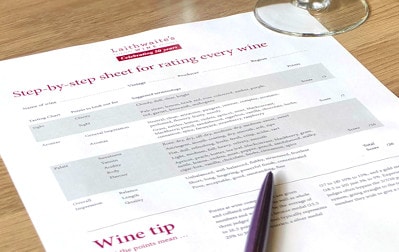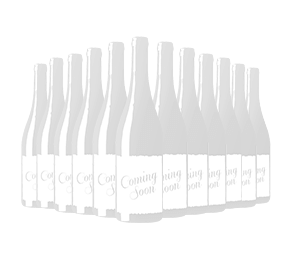Chat with Vinny

A short lesson in how to taste like a pro
Wine should – first and foremost – be about enjoying a satisfying glassful of something you love, but below you’ll find a few easy tasting tricks to enhance your enjoyment considerably. Whether you’re new to wine or a seasoned winemaker, the tools of the trade are the same – a clear, tulip-shaped glass, clear lighting and a notepad.
Wine tasting in three simple steps
1. Look
Observe the colour of your wine against a white surface.
For reds, a purple rim shows youth, while a tawny-brown rim shows age. Generally full-bodied reds are deeper in colour, while lighter-bodied reds will be much paler at the rim.
Most crisp whites will be a pale yellow, sometimes with a tinge of green. Older, richer, or sweeter whites have more intense golden, even orange colour.


2. Smell
Make sure to swirl the wine in your glass to release those aromas.
Give it a sniff. Pay close attention to your first impression, as it will be the strongest.
You may find strong fruit aromas like red cherries for Chianti or gooseberry for New Zealand Sauvignon. But also other earthy smells like truffles for a good red Burgundy, or butter for certain Chardonnays.

3. Taste
Take in a mouthful and give it a good swish. Try to notice whether the aromas carry through to the flavours on the palate, or how they differ.
As well as the flavour, detect whether the wine is dry or sweet, light or full-bodied, acidic or soft.
In exceptional reds, you’re looking for a range of complex flavours, rather than just fruit. For example, a top Shiraz will deliver flavours of liquorice spice, oak, vanilla and perhaps leather if aged.
In top whites, flavour purity is key. For New Zealand Sauvignon, it’s that intense cut-grass and gooseberry flavour that makes it stand out. Whereas in a white Burgundy, the texture on your palate will be creamy or buttery, with a balance between delicious peach notes and oak-influenced flavour like toast and vanilla.

Step-by-step guide for rating any wine
At wine competitions, judges use a ‘point’ system to rate wines. The final score will often be an average score from three judges. A bronze is given to wines that score 15.5-16.5 points, silver medals go to wines scoring 17-18, and golds go to wines with 18.5-20 points. Scoring only takes a few minutes and will really help you remember which styles you like best.

Print out our table and start awarding medals!
(115KB PDF)
That’s it for tasting tips!
Now you can taste like the pros – but how well do you know your grapes? You’ll find our flavour profiles of the world’s favourite grapes by clicking below.


